OUR GOALS

It's a Game Changer
An opportunity to boost economic growth and industrialisation, alleviate poverty and improve people’s lives. The use of digital technology and services drives innovation, economic growth and job creation in many key sectors of the economy, and allows for greater interconnection of national, regional and international markets with one another and with the rest of the world.
Digital transformation permits cities, towns and villages to offer education, healthcare, energy, transport, agriculture, and mobility/transport to deliver huge socio-economic growth across its local populations and communities.
Digital transformation
The Earth 3.0 Foundation collaborates with governments and communities, at national and municipality levels, hand-in-hand with local companies, start-ups and workforces, to create a digital future, investing and delivering the skills capacity-building required on the ground to ensure independent sustainability.
This Digital Transformation is achieved through our 5 DT Goals:
1
2
currency
3
4
5
twins
Goal 1:
Affordable Internet
for everyone


Goal 2:
Digital currency
Hoozie™
The Earth 3.0 Foundation supports the adoption of the Hoozie™ digital currency and its socio-economic model for driving national and local growth – first launched in Guadalajara (Mexico) in October 2021
Goal 3:
Core digital services
Building from
“Affordable Internet Access” and using “Digital Currency”, The Earth 3.0 Foundation helps governments serve the 1st phase of critical needs of its citizens through digital transformation


Goal 4:
Smart cities/villages
IoT, 5G/6G, AI/ML, Edge/Cloud Computing, and other SOTA
Technologies and big data are deployed across the entire ecosystem from urban to suburban to rural areas, to deliver efficiencies for limited resources and an improved social well-being for citizens
Goal 5:
Digital twins
Are the Key
to understanding the complex ecosystems that underly cities and towns.
Digital twins are decision-making tools for government and city stakeholders by modelling the physical world.
Urban planning, mobility simulation, monitoring of traffic or lighting, and predictions or forecasting of issues such as energy and water, are all possible today, through Digital Twins.

